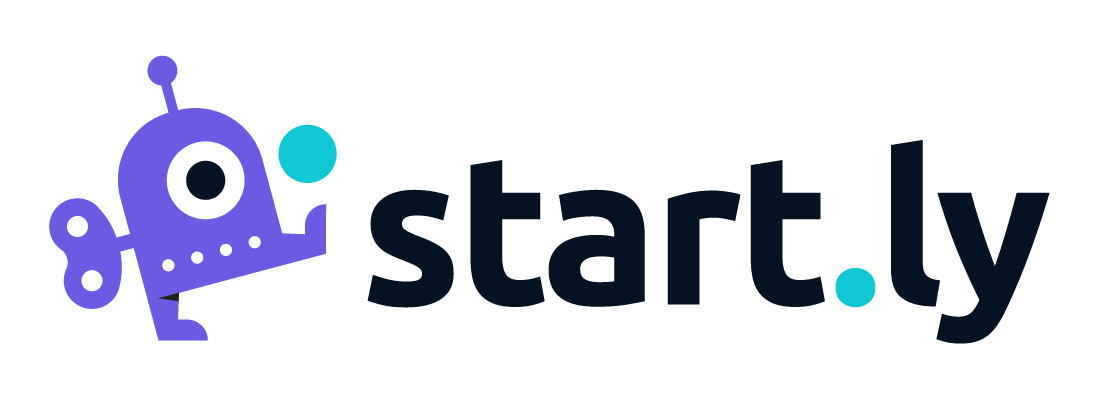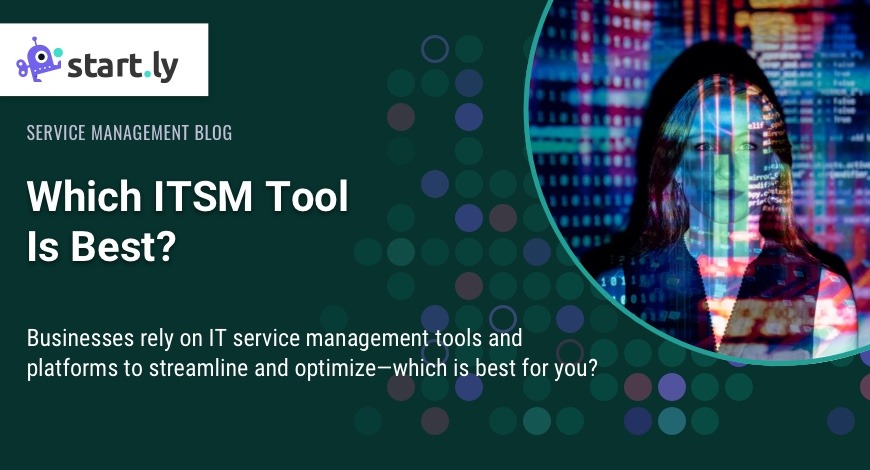Certain business functions and processes are considered mission-critical, from basic IT help desk roles and responsibilities to tracking time and expenses, IT service management systems, organizational governance, and more. In many organizations, individuals or teams are responsible for each of these aspects of the systems that they rely on. Further complicating things is the fact that many companies rely on different, standalone systems for these functions for any number of reasons. They may use one software provider for time tracking, another for payroll, help desk ticketing, and so on.
There are clear downsides to this approach, though. For example, each system or tool means an additional contract to manage, unique troubleshooting and support channels and points of contact, difficulty integrating systems together, and more. In short, it can feel like hassle upon hassle.
Enter IT service management (ITSM), the answer for companies looking to streamline, consolidate, and simplify the tools they rely on daily.
In this brief guide to ITSM, you’ll learn:
- What ITSM tools are, and how they can benefit your business.
- The most important ITSM qualities/features to consider.
- How to evaluate ITSM tools to find the one that best fits your needs.
What, Exactly, Is ITSM?
ITSM is best described as a process or framework; it’s an approach to how IT services are designed, delivered, and supported. It’s more than just “calling IT for support,” in other words. Rather, ITSM involves working with a single provider to simplify and streamline an organization’s IT services infrastructure.
What Is the Purpose of IT Service Management?
The purpose of IT service management is to consolidate vendors and contracts, simplify processes, and provide a dedicated point of contact for implementation and support. As a process, IT service management typically involves three general steps:
- Evaluating, building, and implementing essential technology.
- Developing and applying efficient processes.
- Helping employees learn to use selected technology and developing best practices.
What Is an IT Service Management Company?
An ITSM company is an organization that a business might partner with in order to adopt the ITSM model. Businesses sometimes choose to consult with an outside organization for expert guidance around software and hardware needs, internal processes, and more. The advantage to working with an ITSM company is that they have the time and resources to dedicate purely to your ITSM needs, including:
- Anticipating and coordinating software/hardware upgrades.
- Staying on top of emerging cybersecurity threats.
- Consolidating systems and vendor relationships.
- Helping to develop and optimize internal processes and workflows.
What Are ITSM Tools?
ITSM tools are software platforms created to design, deliver, manage, and support core IT technologies and processes. Generally, ITSM tools are an attractive option for companies looking to simplify or streamline the systems they depend on for daily operations. Startly is an especially compelling option, offering an all-in-one solution to simplify and streamline the necessary technology and features.
Features to Look for In IT Service Management Tools
Some of the most impactful offerings of the best ITSM tools include:
- Time & expenses: ITSM tools make it faster and easier to manage your business’s time and expense needs and provide increased visibility into costs. Some, like Startly, also include mobile apps for increased time- and expense-tracking flexibility.
- Service management: Leveraging an ITSM tool for tracking service tickets and requests helps consolidate and optimize basic service processes. This helps improve productivity and responsiveness, creating happier, better-served customers. Taking it a step further, an ITSM tool like Startly makes it easy to develop self-service, custom knowledge bases—creating even greater efficiency.
- Organizational governance: Intuitive and effective project management has never been more critical than it has been throughout the global pandemic. With increased numbers of employees working remotely, the right project management software becomes crucial. ITSM tools enable companies to track project details, status, costs, and more—in real-time.
- Analytics & insights: Even with reporting tools already available, translating raw data into timely, actionable insights can be overwhelming. ITSM tools like Startly include dashboarding and analytics tools, to make it easier to visualize and understand the data that matters most.
Evaluating and Selecting the Best ITSM Tools for Your Business
Trying to find the best ITSM tools can be challenging, as they have so many unique use cases and features. Here are a few quick tips for evaluating and implementing the best ITSM tools for your needs:
- Focus on value. Consider this both from the business and customer perspective, to determine the features or applications that will provide the greatest benefits.
- Start where you are. The process of working with an ITSM provider will vary for different companies, in different industries, at various stages of business maturity.
- Progress iteratively with feedback. An “everything all at once” approach to ITSM isn’t advised. Rather, approaching an ITSM project in sensible pieces makes more sense, so the project plan can be adjusted as needed (to prevent potentially-major issues later).
- Collaborate and promote visibility. Increase buy-in and simplify decision-making and change management by keeping various stakeholders in the loop. The more transparent the process, the easier it will be to get everyone on the same page, working and adapting in harmony.
- Think and work holistically. While at first glance, this may appear to contradict the idea of progressing iteratively, it’s not. It’s important to understand that ITSM decisions impact virtually every team or department, in a shared ecosystem. To minimize confusion or friction between different stakeholders with different aims, prioritize visibility and gather feedback throughout the process.
- Keep it simple and practical. The process of implementing ITSM tools isn’t something to just jump into without preparation. Early in the planning process, it’s essential to prioritize the highest-impact tools and systems, and to create a methodical plan for addressing various needs.
- Optimize and automate. Modern ITSM tools like Startly can take efficiency to the next level with ever-expanding automation capabilities. Putting standardized, streamlined processes in place can increase efficiency and productivity by providing a sort of “automatic” decision making.
Now’s a Good Time to Startly
If you’re looking for an ITSM platform for time and expenses, service management, organizational governance, analytics, and more, Startly may be the perfect partner. Learn more about our all-in-one solution, watch our product video or start using Startly for free today!

